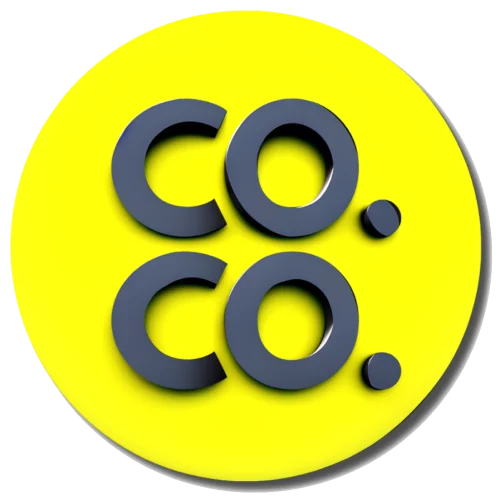Introduction
Let’s face it — no one likes being sold to.
People avoid hard-sell tactics like they avoid pop-up ads on shady websites. Yet, ironically, people also love to buy. So the real trick in content marketing isn’t to force a sale. It’s to create the right conditions for one.
In a world oversaturated with content — from Instagram carousels and YouTube pre-rolls to endless newsletters — what truly stands out is honest, human, helpful content.
The kind that doesn’t shout Buy Now, but instead says Hey, here’s how we can help.
Let’s break down how to create content that sells, softly but powerfully.
Why ‘Salesy’ Content Doesn’t Work Anymore
We’ve all seen it:
- Paragraphs overloaded with CTAs.
- Words like “unbelievable deal,” “best ever,” or “limited-time only.”
- 30-second videos that feel like a pressure cooker.
Result? Bounce. Swipe. Unfollow.
Why? Because:
- It breaks trust.
- It feels impersonal and aggressive.
- It ignores what the user wants and focuses only on what the brand wants to say.
Today’s audiences want conversations, not commercials. They want value, not just volume.
The Psychology of Buying Decisions
Before we dive into writing tactics, understand this:
People buy emotionally. They justify logically.
Your job is to trigger the emotion and support it with logic.
Emotion: This brand gets me.
Logic: Okay, it’s affordable, trusted, well-reviewed.
7 Rules for Content That Converts Without the Push
1. Start With a Problem, Not a Product
Instead of leading with what you offer, start with why someone might need it.
Bad: “Our CRM helps you scale fast.”
Better: “Still struggling to track leads from three platforms?”
The hook isn’t the tool — it’s the pain the tool solves.
2. Be Useful First, Persuasive Later
Lead with value. Educate, inform, or entertain. Then plug the product as the natural next step.
Example:
A blog on “Top 5 Lead Gen Strategies” that ends with:
“Want us to set this up for your brand? Let’s talk.”
This makes you an enabler, not a pusher.
3. Use Social Proof Strategically
Highlight customer stories, UGC, or milestones in a humble, story-driven way.
Not: “20,000 customers trust us!”
Instead: “Here’s how Shruti scaled her sales 4x using our tool.”
Real humans. Real stories. Real wins.
4. Ditch the Jargon
You’re not impressing anyone with “360-degree, scalable, frictionless ecosystems.”
You’re confusing them. Say it like they say it.
Your goal: Be the brand that sounds like a helpful friend, not a stiff brochure.
5. Use Soft CTAs, Not Forceful Ones
Avoid: “Buy Now!”
Try: “Ready to explore?” / “See how it works” / “Let’s build something?”
It sounds like an invitation — not a demand.
6. Repurpose, Don’t Repeat
Different people respond to different formats — blog, video, meme, or carousel.
Say the same message, but in different ways across platforms.
That’s how you stay in sight without becoming a nag.
7. Inject Personality
If your content feels like it could come from any brand, it’s forgettable.Whether you’re witty, nerdy, classy, or quirky — show it. Because people don’t connect with perfection. They connect with personality.
Real-World Examples of This in Action
- Zomato’s notifications: Never salesy. Always snackable, funny, and memorable.
- Mailchimp’s blog: Loaded with genuinely helpful insights, not just product pitches.
- Nike’s ads: They don’t say “Buy our shoes.” They say, “Just Do It.” The product sells itself through emotion.
How to Audit Your Current Content
Ask these questions:
- Is this saying something useful or just saying something?
- Does it sound human or like it came from a committee?
- If you removed your logo, could any brand have written this?
- Does it help, or does it just hype?
If you’re unsure — rewrite.
Final Thoughts
In 2025, content that converts won’t be about louder volume — it’ll be about sharper value.
People don’t want to be “sold.” They want to be supported, inspired, and empowered.
So the next time you sit down to write a caption, blog, or ad, ask yourself:
Would I respond to this?
If not — it’s back to the drawing board.
Because great content doesn’t feel like marketing. It feels like someone finally gets it.




